If you or a loved one has diabetes, you will definitely need to be on the lookout for this potentially life-threatening complication.
What is diabetic ketoacidosis?
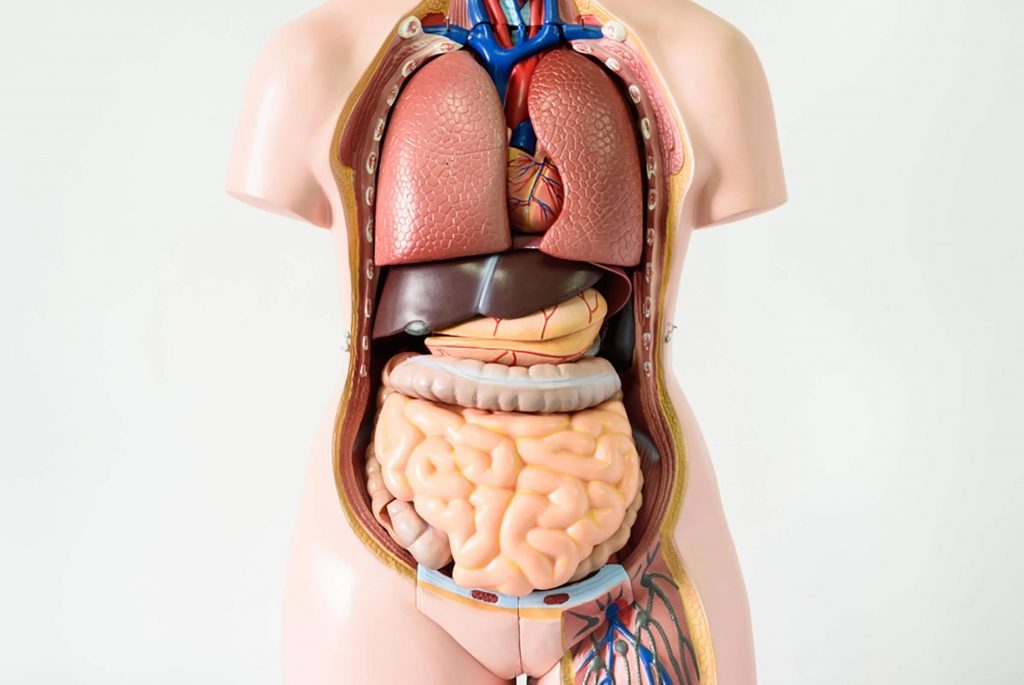 KOMSAN LOONPROM/SHUTTERSTOCK
KOMSAN LOONPROM/SHUTTERSTOCK
It’s a very serious condition in both types of diabetes that stems from a combination of high blood glucose and low levels of insulin, which prompts your body to produce an overload of ketones, something that can be toxic to your organs. Learn about the big differences between type 1 and type 2 diabetes.
Who’s at risk
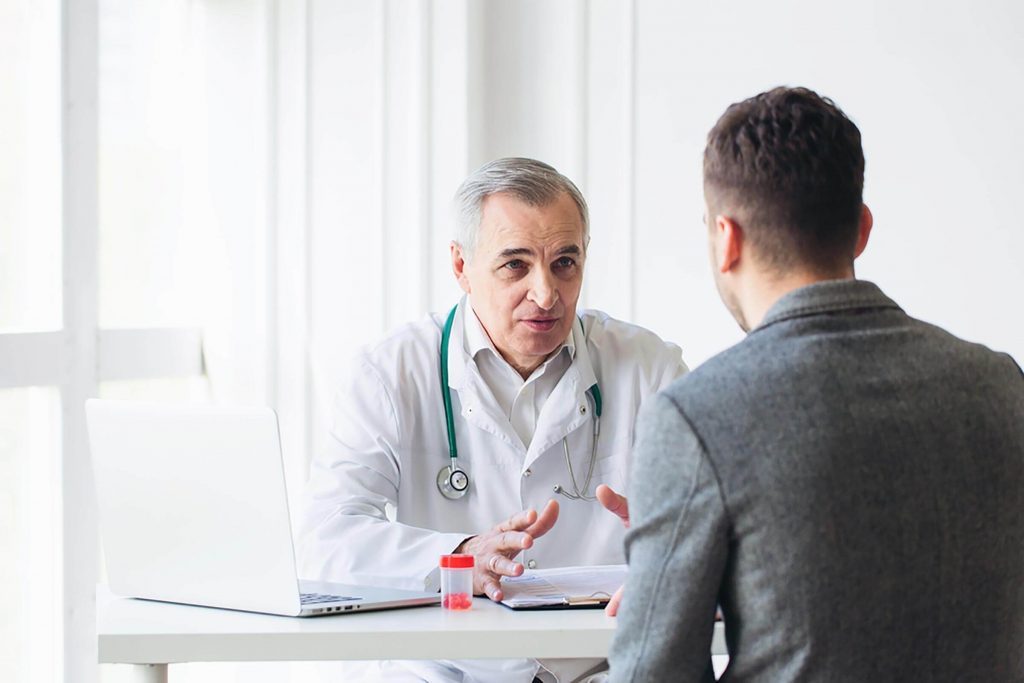 UZHURSKY/SHUTTERSTOCK
UZHURSKY/SHUTTERSTOCK
Among people with diabetes, diabetic ketoacidosis (DKA) is most frequently seen in people who have type 1 diabetes. “After a while in type 1, the body essentially produces no insulin,” says Louis Philipson, MD, PhD, director of the Kovler Diabetes Center at the University of Chicago. When insulin is low, it makes your liver and other tissues think that you’re starving. “Your liver tries to step in and save the day by making ketones,” he continues. Your body uses these ketones in an effort produce energy, and when insulin drops as in the case with type 1 diabetes, your liver keeps generating more and more ketones. DKA can also, though less commonly, happen in patients with type 2 diabetes if they have severe insulin resistance. Check out this step-by-step plan to reverse type 2 diabetes.
It can be life-threatening
 MARCOS MESA SAM WORDLEY/SHUTTERSTOCK
MARCOS MESA SAM WORDLEY/SHUTTERSTOCK
Because ketones are acids, your blood becomes more and more acidic as ketones build up. If you develop it, you may experience diabetic ketoacidosis symptoms like stomach pain, nausea, vomiting, and a fruity odor to your breath. The condition can progress, eventually making it difficult for your heart to beat, for you to breathe, and causing organ failure, says Dr. Philipson. “Severe DKA is an emergency,” he says. Make sure you know what to do in a diabetic emergency.
DKA can happen before a diabetes diagnosis
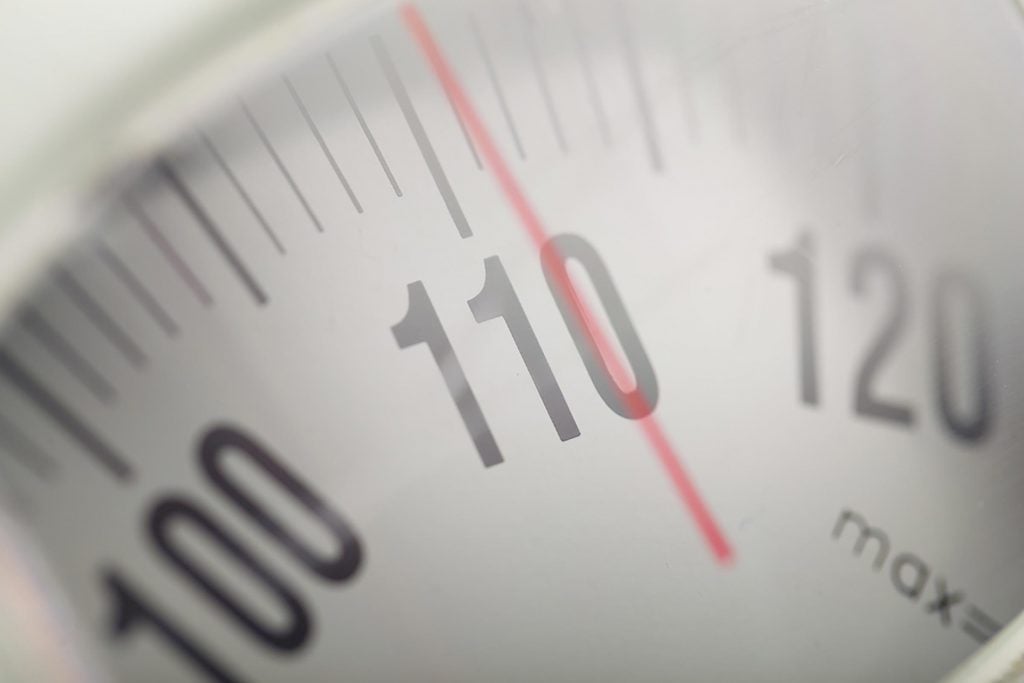 BILLION PHOTOS/SHUTTERSTOCK
BILLION PHOTOS/SHUTTERSTOCK
Diabetic ketoacidosis can come on quickly—even in people who are still developing type 1 diabetes but haven’t yet been diagnosed. That’s why it’s crucial to know the symptoms of type 1 diabetes in children, too “DKA can evolve after a couple weeks while your own insulin levels are starting to come down,” says Liana K. Billings, MD, an endocrinologist in diabetes and metabolism and clinical assistant professor at NorthShore University HealthSystem. You may experience symptoms like increased urination, thirst, or rapid weight loss, signs that can be present in both type 1 and type 2 diabetes. If you or a loved one has these symptoms, call a doctor immediately.
If you’re ill, don’t stop taking your meds
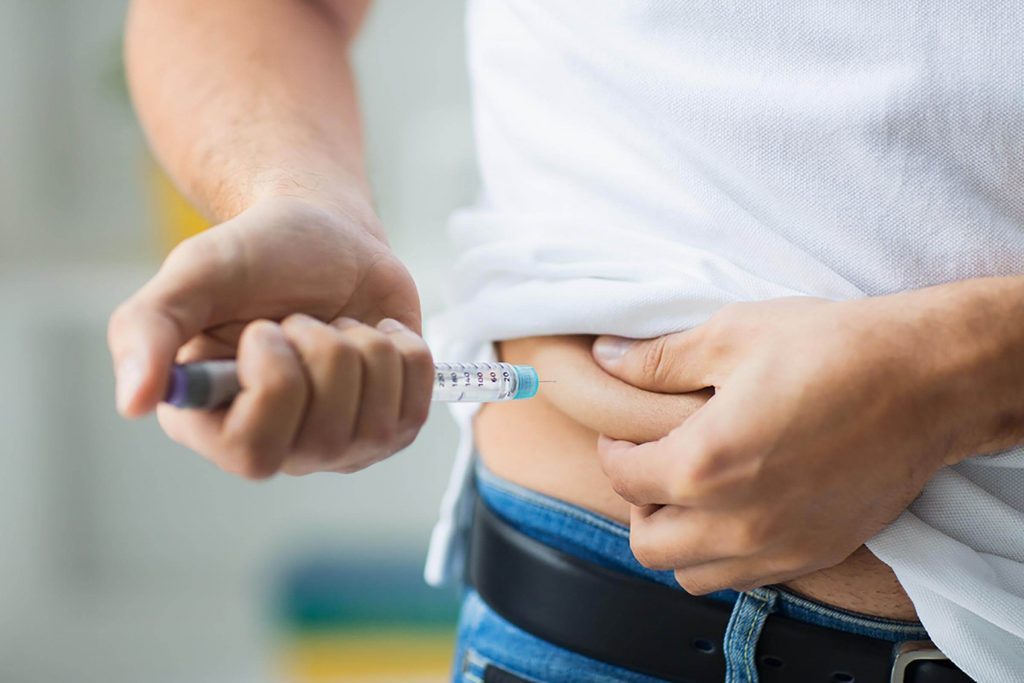 SYDA PRODUCTIONS/SHUTTERSTOCK
SYDA PRODUCTIONS/SHUTTERSTOCK
Sometimes, a patient with type 1 diabetes will stop taking insulin if they’re not able to eat or they have nausea or are vomiting due to illness, and that can speed up the onset of DKA. “Even in acute illnesses or times of physical stress like surgery or a heart attack, you need to continue your insulin therapy to avoid DKA. I give patients ‘sick rules’ so they know what to do in case of an acute illness,” says Dr. Billings. Along with taking insulin as normal, you will also want to check your blood sugar regularly. “If there’s any sign of your blood sugar becoming very elevated and you experience symptoms, contact your doctor,” she adds. These medicine-free stomach ache remedies may help.
There may be a problem with your insulin pump
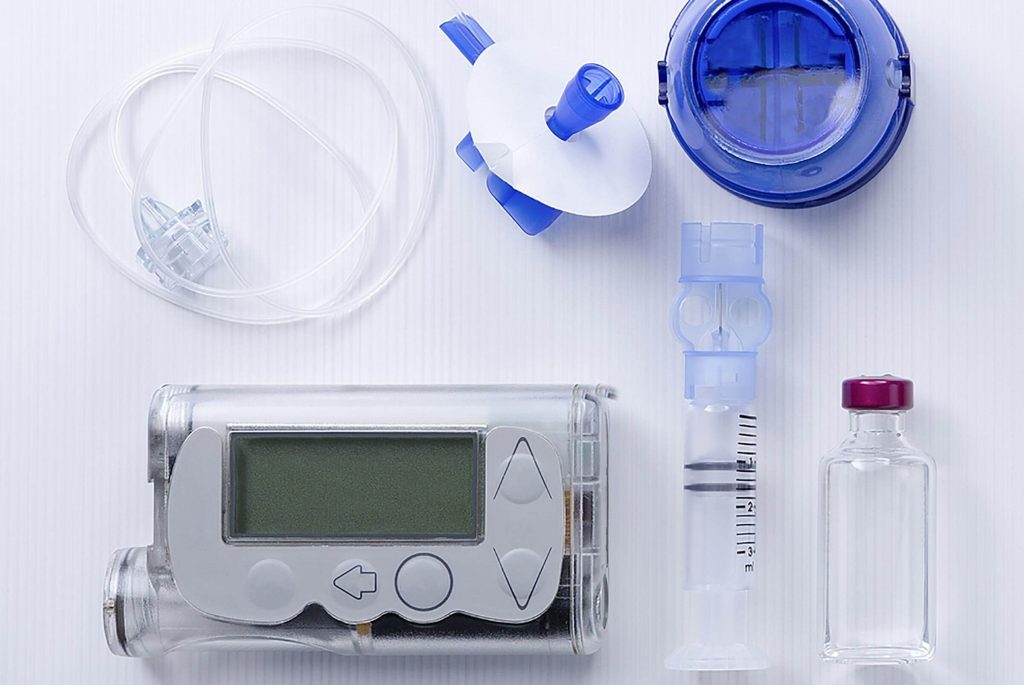 CLICK AND PHOTO/SHUTTERSTOCK
CLICK AND PHOTO/SHUTTERSTOCK
If you rely on an insulin pump to deliver doses of insulin throughout the day, a malfunctioning pump could inadvertently leave you at risk for diabetic ketoacidosis. “Even an informed patient can develop DKA due to a pump malfunction,” says Dr. Billings. The symptoms can come on quickly or they can take time, so check your insulin pump regularly, and make sure that it’s working as it should, and monitor your blood sugar as advised by your doctor. Check out these seven ways to maintain healthy blood sugar levels.
The treatment is insulin
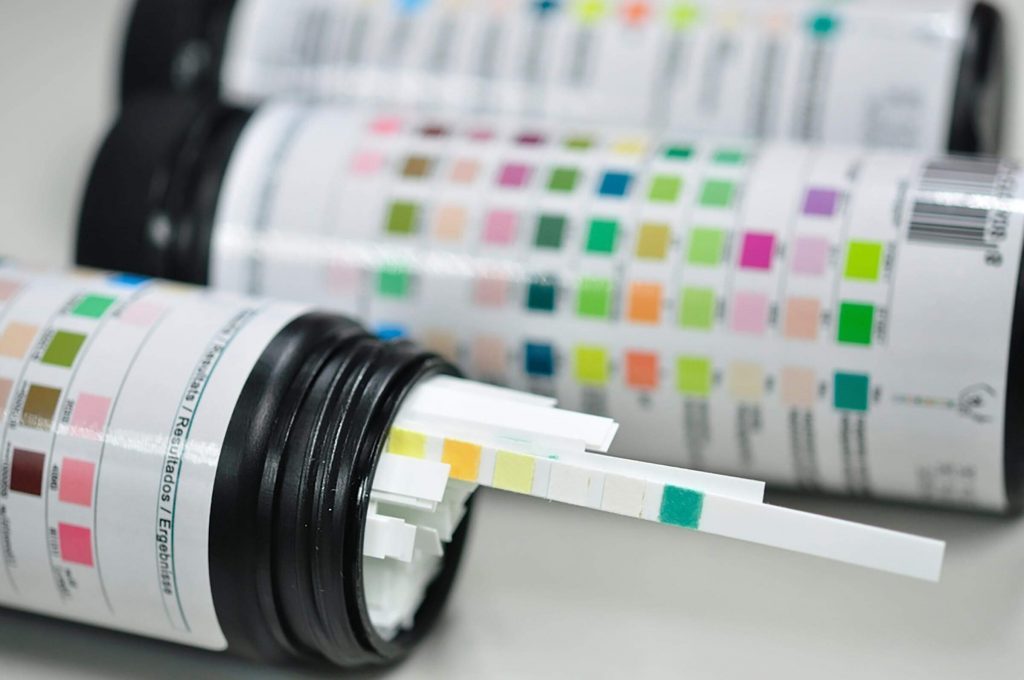 TINYDEVIL/SHUTTERSTOCK
TINYDEVIL/SHUTTERSTOCK
If you suspect DKA due to symptoms, you may be able to test yourself. Ask your doctor about urine strips that you can use to analyze for ketones. Then, call your doctor. Depending on your levels, you may be treated with insulin (or be advised to eat carbohydrates) and take in fluids. If you experience nausea or vomiting, you may not be able to eat. In that case, you need to go to the ER (or call an ambulance if someone isn’t available to drive you), says Dr. Philipson. Read these 50 ER secrets to make sure you’re getting the best care.
It may be possible you can stay home
 HALFPOINT/SHUTTERSTOCK
HALFPOINT/SHUTTERSTOCK
Maybe you’ve had type 1 diabetes for a while and monitor your blood sugar regularly. If you’ve caught the problem early, and aren’t experiencing symptoms, it may be possible for you to avoid the ER. Dr. Billings says that it may be remedied by taking a dose of insulin with a syringe—read these insulin injections FAQs— checking your blood sugar frequently, and waiting to see if you can get back on track. Because DKA can be a serious condition, “this strategy needs to be discussed with your doctor before attempting,” she says. Only treat yourself at home—and with caution—if you’ve been given the OK.
Avoiding ketogenic diets is a good idea
 SYDA PRODUCTIONS/SHUTTERSTOCK
SYDA PRODUCTIONS/SHUTTERSTOCK
If you have diabetes, you may have heard that a ketogenic diet can actually be good for you—especially if you have type 2 diabetes and are trying to manage your weight. The idea is that eating a high fat, low-carb diet will prompt your liver to make ketones. Your body then burns ketones rather than glucose for fuel, and taps into your body’s fat stores for weight loss. However, Dr. Philipson cautions against deliberately increasing ketones if you have diabetes. “I do think it’s dangerous,” he says. Learn more about the ketogenic plan and other fad diets that are dangerous for diabetics.
You don’t recover immediately
 WAYHOME STUDIO/SHUTTERSTOCK
WAYHOME STUDIO/SHUTTERSTOCK
Just because you’ve made sure to take your insulin dose or started eating doesn’t mean that you’ll bounce back right away. While Dr. Billings says that recovery varies for each person, depending on the degree of how serious their DKA was, she notes that it may take one to three days to recover. Here’s how to improve your hospital stay to make it more comfortable.
Diabetic ketoacidosis can be prevented
 SYDA PRODUCTIONS/SHUTTERSTOCK
SYDA PRODUCTIONS/SHUTTERSTOCK
This is certainly not an inevitable complication of diabetes. “Along with regular blood sugar monitoring and contact with your doctor, insulin is the key therapy for preventing DKA,” says Dr. Billings. As long as you remain vigilant with your care, you can stay healthy.

No comments:
Post a Comment